Your cart is currently empty!
Dyslexia Light Color Coded Font
the Dyslexia Leman Light Color Coded Font, an innovative typeface crafted by Simon Blake to support individuals with dyslexia in creative fields.
Description
Dyslexia Light Color Coded Font
Introducing the Dyslexia Light Color Coded Font, an innovative typeface crafted by Simon Blake to support individuals with dyslexia, including those in creative fields such as acting. This font combines elegant simplicity with the strategic use of color coding to enhance reading speed and comprehension, particularly when learning scripts or engaging with dense text.
Understanding Dyslexia and Its Challenges
Dyslexia is a neurobiological condition affecting many, including actors who often grapple with reading difficulties when preparing scripts. The challenge isn’t about intelligence or creativity but how the brain processes written language. Dyslexic individuals frequently encounter obstacles like letter reversals, visual crowding, and slow decoding—issues that can be dramatically exacerbated when under pressure to memorize lines and cues in a fast-paced environment.
Actors and Script Reading: The Struggle
For actors, mastering scripts quickly and accurately is crucial. Dyslexia exacerbates the stress of learning scripts due to the additional cognitive load required for decoding, leading to frustration and potential loss of confidence. When the font in a script is not dyslexia-friendly, it can lead to reading discomfort, fatigue, and significant delays in memorization.
The Solution: Dyslexia Light Color Coded Font
Simon Blake’s Dyslexia Light Font serves as a key solution to these challenges, employing a set of thoughtfully designed features:
Key Features of Dyslexia Light
1. Light and Elegant Letterforms
The Leman Light Font is designed with clean, minimalist letterforms that reduce visual clutter. Its lightness is deliberate, preventing the heavy visual noise that can overwhelm dyslexic readers. Each character is crafted to be distinctive and recognizable, aiding in quick identification and reduced errors in reading.
2. Strategic Use of Color Coding
The hallmark of this font is its color-coded system. Unlike traditional monochrome fonts, Dyslexia Light assigns specific colors to vowels, consonants, and challenging letter groups. This transformation leverages color as a visual cue, enhancing recognition and decoding speed:
- Immediate Differentiation: By highlighting each letter group, readers can quickly differentiate similar-looking characters.
- Enhanced Memory Retention: Colors help solidify the association between letter shapes and sounds, supporting faster, more accurate recall.
- Smoother Reading Experience: The visual breaks provided by color help to delineate words and sentences, facilitating a smoother reading trajectory across lines.
3. Increased Reading Speed and Reduced Fatigue
Color coding in the Dyslexia Light Font significantly aids in decreasing the time spent on translation and decoding, allowing actors to focus on tone, expression, and memorization. By reducing the need to labor over each word, actors learn their lines more swiftly and effectively. This reduction in mental strain not only speeds up learning but also preserves the joy and creativity of performing.
Practical Uses and Benefits
Theatrical Scripts and Auditions: The Dyslexia Light Font is particularly beneficial for scripts used in theater productions, film, and auditions. Its clarity and ease of reading can lead to quicker memorization, greater confidence on stage, and more dynamic performances.
Digital and Printed Media: This font’s versatility ensures it’s ideal for both digital devices and printed materials, including posters, cue cards, and learning materials, providing accessibility in various formats.
Educational Resources: Educators and trainers can incorporate this font into lesson plans, ensuring that students at drama schools or acting workshops receive the support they need to succeed in their craft.
Empowering Actors and Beyond
Simon Blake’s Dyslexia Light Color Coded Font goes beyond assisting dyslexic actors; it serves as a tool for any reader facing challenges with traditional typography. The font embodies Blake’s commitment to empowerment through design—an ethos that reinforces the importance of accessibility in all creative endeavors.
By benefiting from the strategic application of color, readers experience:
- Reduced Anxiety and Stress: Knowing that a script is designed with readability in mind alleviates performance anxiety.
- Greater Engagement: Actors can more readily engage with their material, resulting in more authentic and compelling performances.
- Improved Confidence: Mastery of scripts leads to greater assurance in auditions and live performances.
Conclusion
The Dyslexia Light Color Coded Font exemplifies the blend of innovative design and practical functionality, tailored for individuals who require enhanced readability. For actors, the advantage of color coding can be transformative, turning potentially stressful script learning into a manageable and even enjoyable process. Simon Blake’s work stands as a testament to how thoughtful typography can significantly impact personal and professional success, making the arts more inclusive and accessible to all talent.
By implementing this font, everyone from educators to directors can foster an environment where creativity and performance are unhindered by reading challenges, ensuring that all voices are heard, understood, and celebrated.
Advocating for Inclusivity in the Arts
Simon Blake’s Dyslexia Light Color Coded Font represents more than just a reading aid; it symbolizes a broader push towards inclusivity and understanding in the arts. By addressing the unique needs of dyslexic individuals, especially in acting, Blake champions a future where accessibility is a fundamental aspect of creativity and performance.
Steps Toward More Inclusive Practices
Collaboration with Theatrical Institutions: The adoption of dyslexia-friendly fonts can be enhanced through collaboration with theaters, drama schools, and casting agencies. By normalizing these tools, the industry sends a strong message that all creatives, regardless of their neurological differences, are valued and supported.
Workshops and Training Sessions: Offering workshops on using dyslexia-friendly resources can empower educators and directors to better support actors. Training sessions can demonstrate how fonts like Dyslexia Light can be seamlessly integrated into educational settings and productions.
Feedback and Continuous Improvement: Engaging with users—actors, educators, and directors—ensures continuous improvement. Gathering feedback leads to enhancements and encourages a dialog about the importance of accessibility in all creative fields.
Raising Awareness: Increasing awareness about the benefits of color-coded fonts can inspire other designers and industries to adopt similar strategies. Sharing success stories and case studies where fonts have positively impacted learning or performance can further bolster support.
Final Thoughts
The influence of typography on reading and performance cannot be underestimated. Simon Blake’s Dyslexia Light Color Coded Font highlights the profound impact that thoughtful design can have on individuals with dyslexia, especially within the demanding world of acting. By providing this specialized support, Blake not only facilitates easier script processing but also promotes a more diverse and inclusive artistic community.
This font serves as a beacon for accessibility in creative fields, showing how small changes in typography can lead to significant improvements in speed, comprehension, and confidence. As more people experience the benefits, the call for inclusive design in all areas of life will grow stronger, fostering environments where creativity can flourish without barriers.
In embracing such innovations, the arts continue to evolve as a space of inclusion, empathy, and shared human experience—ensuring everyone has the opportunity to shine on their stage, regardless of the challenges they may face.
Related products
-
BrightMind Color Font
$7.99Original price was: $7.99.$2.99Current price is: $2.99. -
Vivid Sense Color Font
$6.99Original price was: $6.99.$2.99Current price is: $2.99. -
Clear Read Color Coded Font
$7.99Original price was: $7.99.$2.99Current price is: $2.99. -
Read Ease Color Coded Font
$6.99Original price was: $6.99.$2.99Current price is: $2.99. -
Dyslexia Liberation Sans Color Font
$5.99Original price was: $5.99.$2.99Current price is: $2.99.
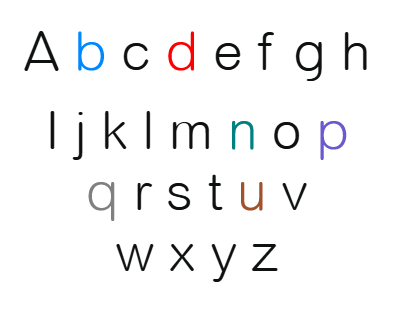
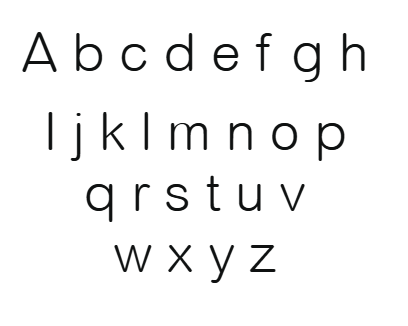
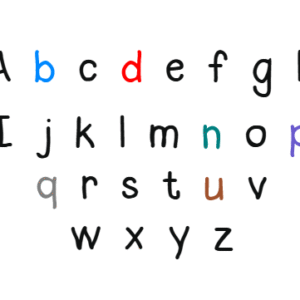


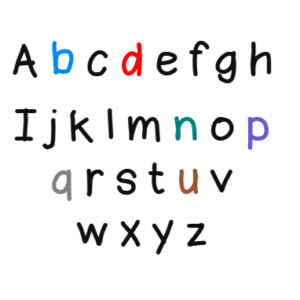
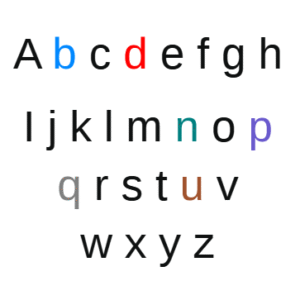
Reviews
There are no reviews yet.